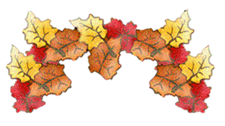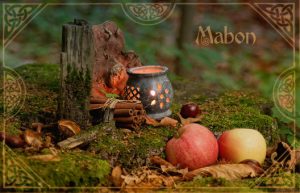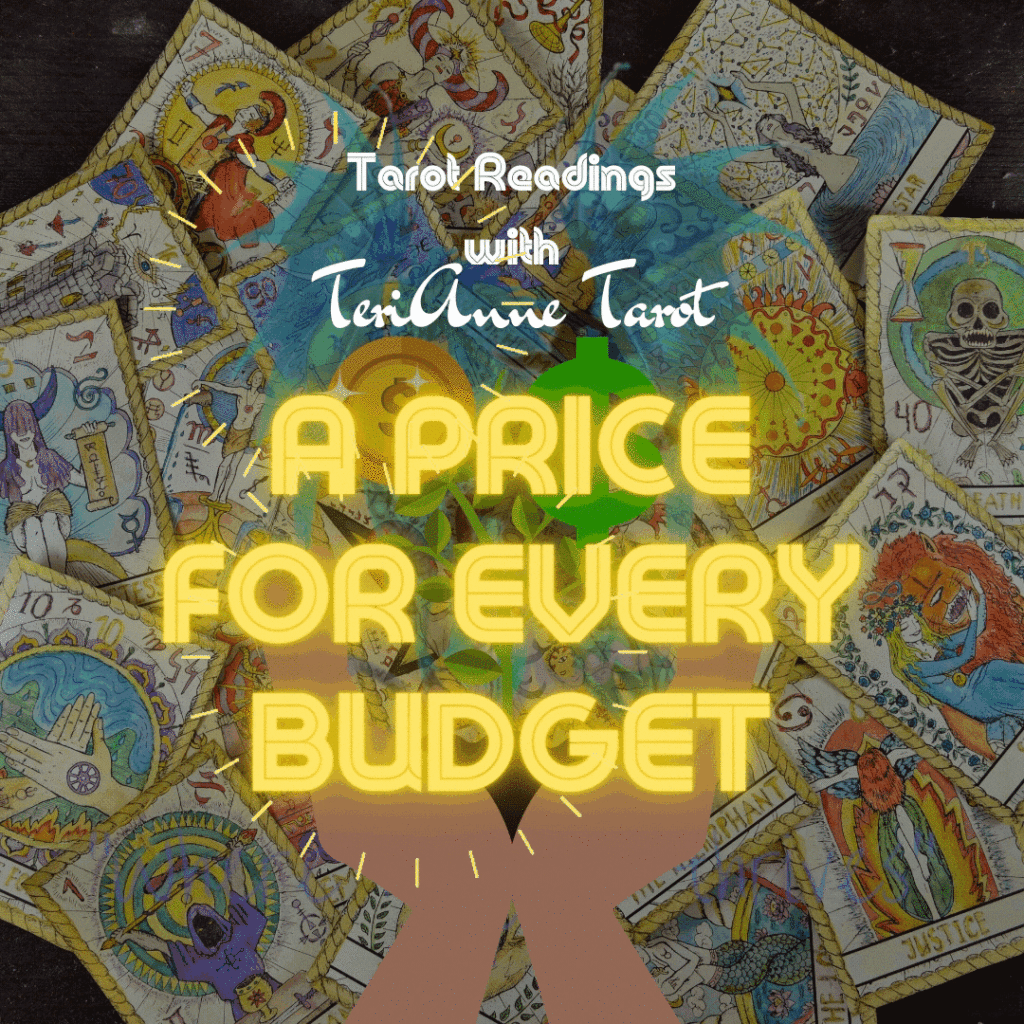What is Mabon, the Autumn Equinox? Mabon (aka the Autumn Equinox) is the mid-harvest festival. It’s celebrated around September 20th...
What is Mabon, the Autumn Equinox?
Mabon (aka the Autumn Equinox) is the mid-harvest festival. It’s celebrated around September 20th to 23rd in the Northern Hemisphere — when the Sun enters Libra on Sept 22nd. This is a time of balance and harmony, when our days and nights are equally balanced. The waning of the Sun will bring longer nights and shorter days as the Wheel of the Year turns towards Samhain and Yule.
This equinox is celebrated by Pagans and Wiccans everywhere as the time where the goddess is aging — descending into the underworld and passing from her Mother to her Crone state.
Even if many of us may no longer rely on a garden harvest through the winter months, we take time to honor and celebrate the traditions of our ancestors by showing our gratitude for the things we have.
Traditionally, Mabon was celebrated when fruits were picked for jams, jellies, juices, ciders and wines. Veggies, fruits and herbs are at their peak for harvesting and preserving.

The Gods and Goddesses of Mabon
Mabon stems from the Welsh god of mythology, Mabon. Known as Mabon or the Child of Light, he is the son of the Earth Mother Goddess Madron.
Mabon was stolen from his mother only three nights after his birth. The Great Mother grieved for her son and the world became dark and cold. The plants withered and died, and the animals, fat from the summer fruits, slept in their caves safe from the coming winter.
The seasons of cold and darkness rule, as does the grief of Mother Earth for the loss of her child. Because Mabon is imprisoned deep within the earth, the plants and animals of earth slow down and move inward.
With the help of the Oldest Animals — the Blackbird, the Stag, the Owl, the Eagle, and the Salmon, Mabon is eventually found. The battle to free the Child of Light wages on for months, and isn’t released until Yule, when the days again begin to grow longer.
At Yule, Mabon is reborn as the Child of Promise, the Son of Light.
Druids used this time of year to honor the god of the forest, The Green Man. He is a symbol of life, nature and divinity. Pagans see the Green Man as a symbol of seasonal renewal. The Green Man is seen as a representation of The Horned God, which is viewed as the masculine side of divinity.
The Greeks worshipped Hecate, the goddess of the night, moons and ghosts.

Rituals and Ceremonies
Typically, the focus for Mabon is either on the second harvest, or the balance between day and night. We celebrate the gifts of the earth while accepting that the soil is dying. We have food to eat, but the crops are brown and going dormant. Warmth is behind us — cold lies ahead.
To celebrate Mabon, here is a simple ritual.
You will need: hazelnuts, poppy or sunflower seeds and a chalice of wine (grape juice is fine).
This ritual is best done outdoors, if possible.
Say silently or aloud:
“Mabon Sabbat is held in perfect balance, night and day are equal. The God journeys to the Underworld and the Goddess begins to withdraw Her power from the land as She follows Him into the darkness. The Earth begins to turn cold and the crops wither.”
Hold up a handful of hazelnuts and say:
“Sacred hazelnuts of wisdom and inspiration, I pray for knowledge and strength that I may navigate gracefully through the darkness into the increasing light of Yule.”
Place the hazelnuts on the ground as an offering. Hold up the chalice of wine and say:
“Mabon, Divine God of youth, I raise this glass in your honor as you begin your journey into the Underworld. Divine Child of Light, I pray for your safe journey.”
Pour most of the wine on the ground, and then drink the remainder. Hold up the poppy or sunflower seeds and say:
“Modron, Great Mother Goddess of compassion, harvest, and magick, the light of Solstice shall restore your Son to your arms. Until then, may you be comforted in your grief.”
Sprinkle the seeds upon the ground.
Blessed Mabon!

For info on Mabon correspondences and recipes click here.
Kudos to:Rowan Morgana for contributing to Rituals & Ceremonies
Be magickal, y’all!


